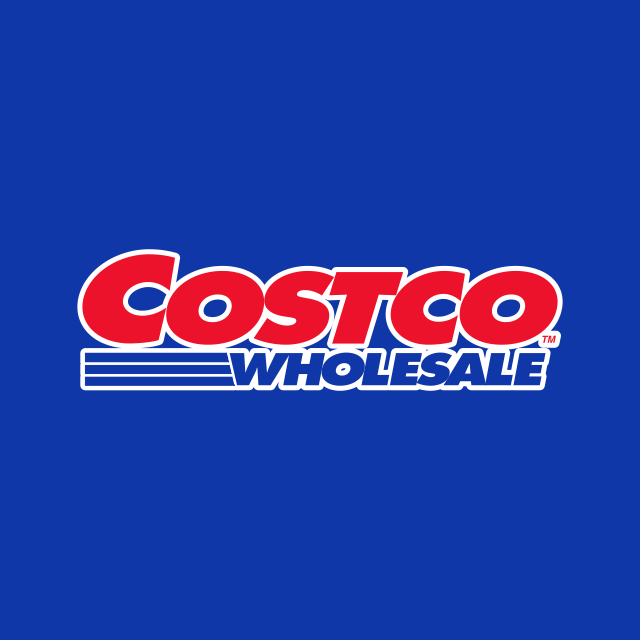Company Analysis Lancaster Colony Corporation
1. Summary
Advantages
- The company's current efficiency (ROE=17.74%) is higher than the sector average (ROE=12.14%)
Disadvantages
- Price (196.44 $) is higher than fair price (68.7 $)
- Dividends (1.93%) are below the sector average (2.45%).
- The stock's return over the last year (-4.25%) is lower than the sector average (13.52%).
- Current debt level 4.78% has increased over 5 years from 0.1546%.
Similar companies
2. Share price and performance
2.1. Share price
2.2. News
2.3. Market efficiency
| Lancaster Colony Corporation | Consumer Staples | Index | |
|---|---|---|---|
| 7 days | 2.2% | -5.2% | -5.3% |
| 90 days | 5.6% | -5% | -3.5% |
| 1 year | -4.3% | 13.5% | 15.9% |
LANC vs Sector: Lancaster Colony Corporation has significantly underperformed the "Consumer Staples" sector by -17.77% over the past year.
LANC vs Market: Lancaster Colony Corporation has significantly underperformed the market by -20.17% over the past year.
Stable price: LANC is not significantly more volatile than the rest of the market on "NASDAQ" over the last 3 months, with typical variations of +/- 5% per week.
Long period: LANC with weekly volatility of -0.0817% over the past year.
3. Summary of the report
4. Fundamental Analysis
4.1. Stock price and price forecast
Above fair price: The current price (196.44 $) is higher than the fair price (68.7 $).
Price is higher than fair: The current price (196.44 $) is 65% higher than the fair price.
4.2. P/E
P/E vs Sector: The company's P/E (32.83) is higher than that of the sector as a whole (25.14).
P/E vs Market: The company's P/E (32.83) is lower than that of the market as a whole (49.14).
4.2.1 P/E Similar companies
4.3. P/BV
P/BV vs Sector: The company's P/BV (5.62) is lower than that of the sector as a whole (5.68).
P/BV vs Market: The company's P/BV (5.62) is higher than that of the market as a whole (3.44).
4.3.1 P/BV Similar companies
4.4. P/S
P/S vs Sector: The company's P/S indicator (2.78) is lower than that of the sector as a whole (2.98).
P/S vs Market: The company's P/S indicator (2.78) is lower than that of the market as a whole (10.29).
4.4.1 P/S Similar companies
4.5. EV/Ebitda
EV/Ebitda vs Sector: The company's EV/Ebitda (18.7) is higher than that of the sector as a whole (-57.83).
EV/Ebitda vs Market: The company's EV/Ebitda (18.7) is lower than that of the market as a whole (25.46).
5. Profitability
5.1. Profitability and revenue
5.2. Earnings per share - EPS
5.3. Past profitability Net Income
Yield Trend: Rising and has grown by 3.16% over the last 5 years.
Earnings Slowdown: The last year's return (0%) is below the 5-year average return (3.16%).
Profitability vs Sector: The return for the last year (0%) is lower than the return for the sector (106.88%).
5.4. ROE
ROE vs Sector: The company's ROE (17.74%) is higher than that of the sector as a whole (12.14%).
ROE vs Market: The company's ROE (17.74%) is higher than that of the market as a whole (8.96%).
5.5. ROA
ROA vs Sector: The company's ROA (13.67%) is higher than that of the sector as a whole (6.11%).
ROA vs Market: The company's ROA (13.67%) is higher than that of the market as a whole (6.33%).
5.6. ROIC
ROIC vs Sector: The company's ROIC (23.45%) is higher than that of the sector as a whole (11.73%).
ROIC vs Market: The company's ROIC (23.45%) is higher than that of the market as a whole (10.79%).
7. Dividends
7.1. Dividend yield vs Market
Low yield: The dividend yield of the company 1.93% is below the average for the sector '2.45%.
7.2. Stability and increase in payments
Dividend stability: The company's dividend yield 1.93% has been steadily paid over the past 7 years, DSI=1.
Dividend growth: Company's dividend yield 1.93% has been growing over the last 5 years. Growth over 7 years.
7.3. Payout percentage
Dividend Coverage: Current payments from income (61.74%) are at a comfortable level.
Pay for your subscription
More functionality and data for company and portfolio analysis is available by subscription





